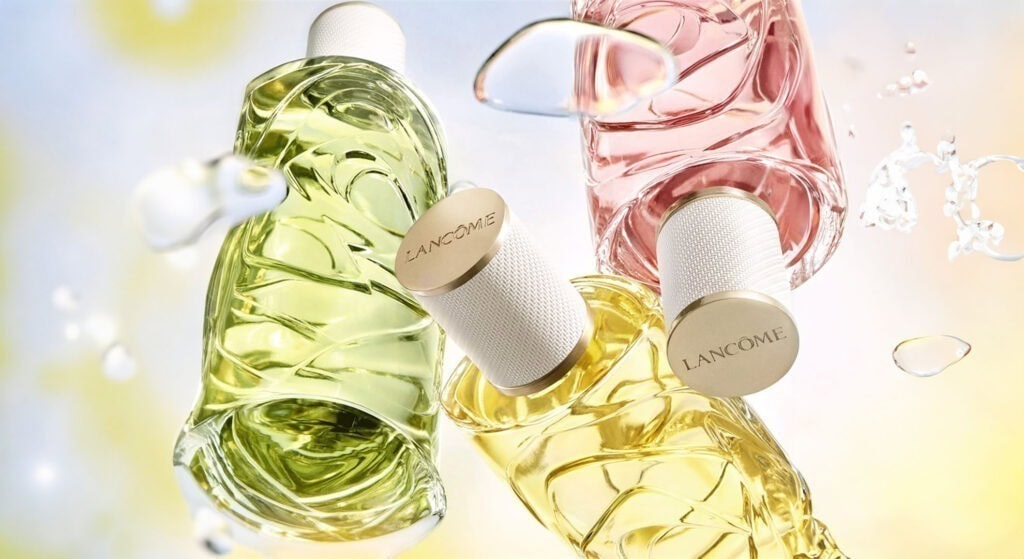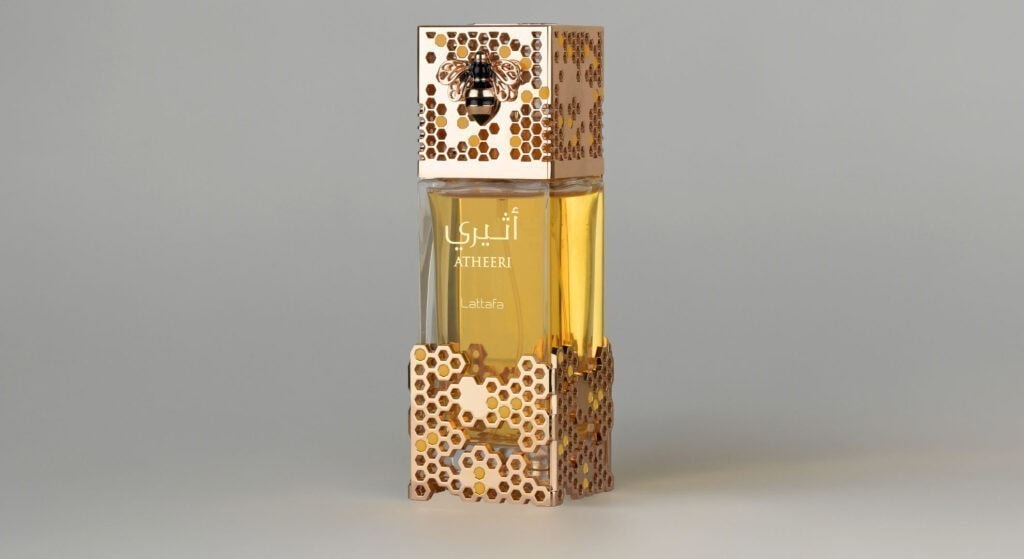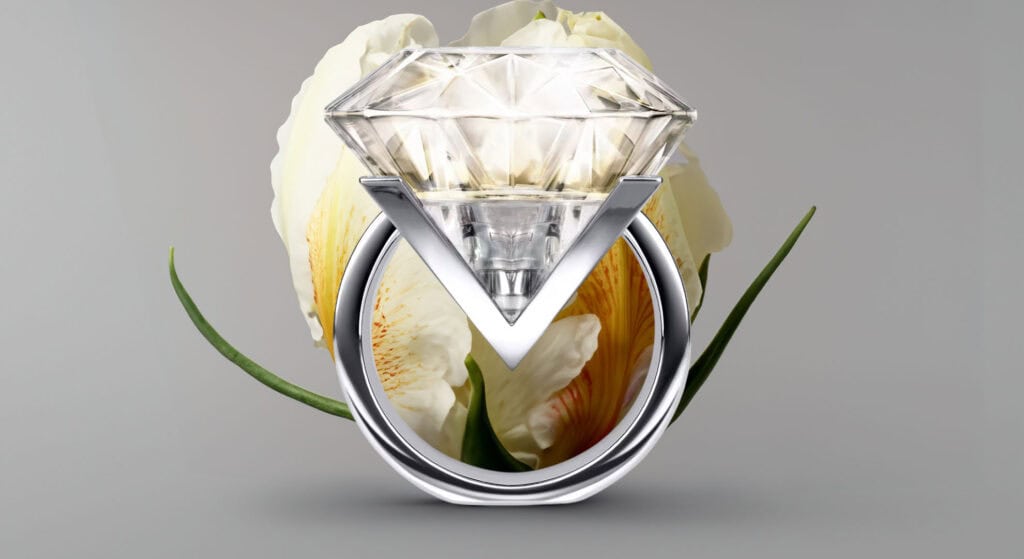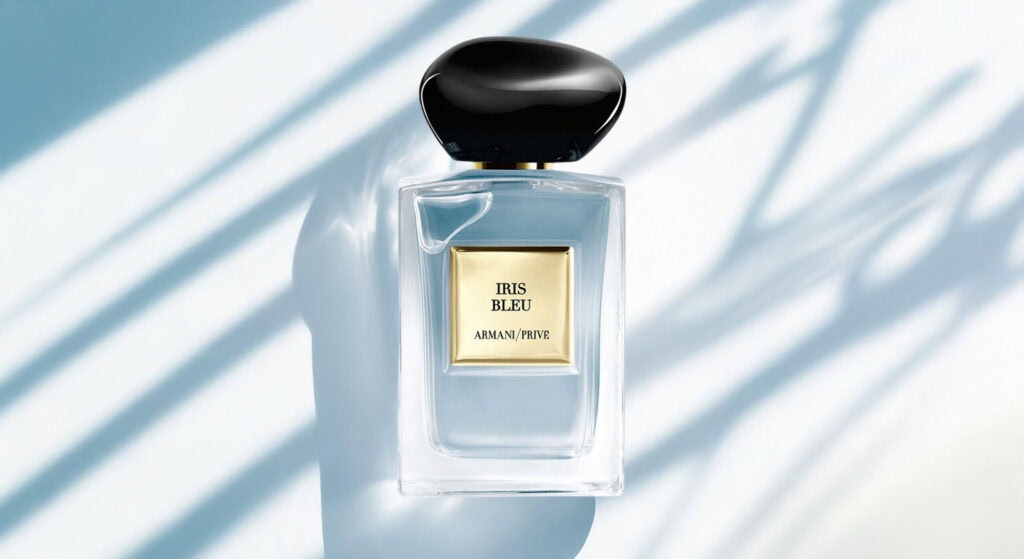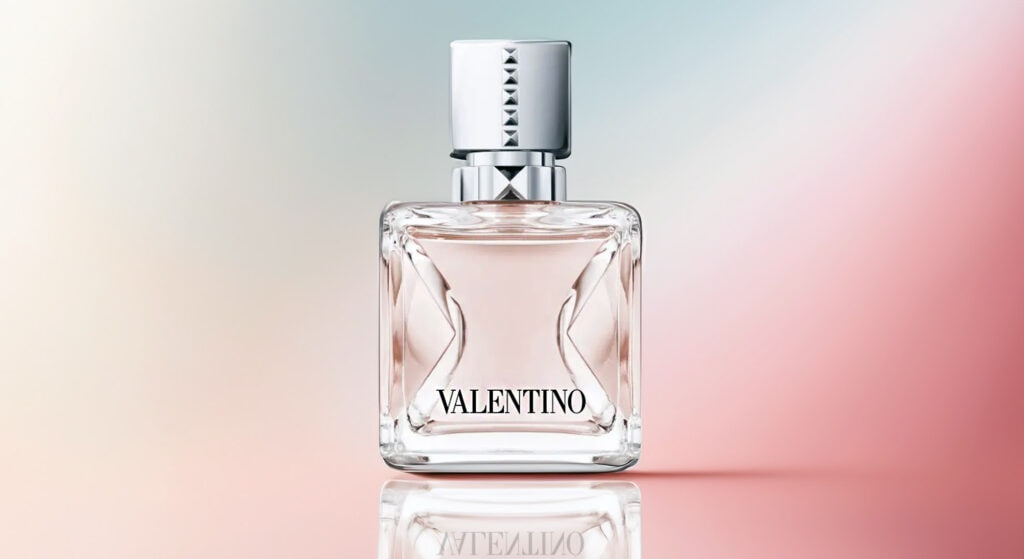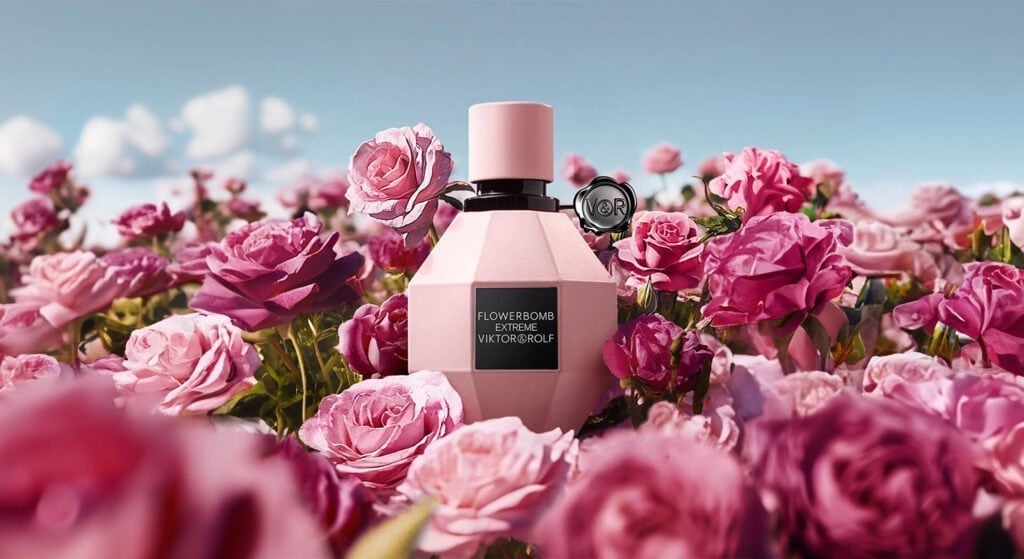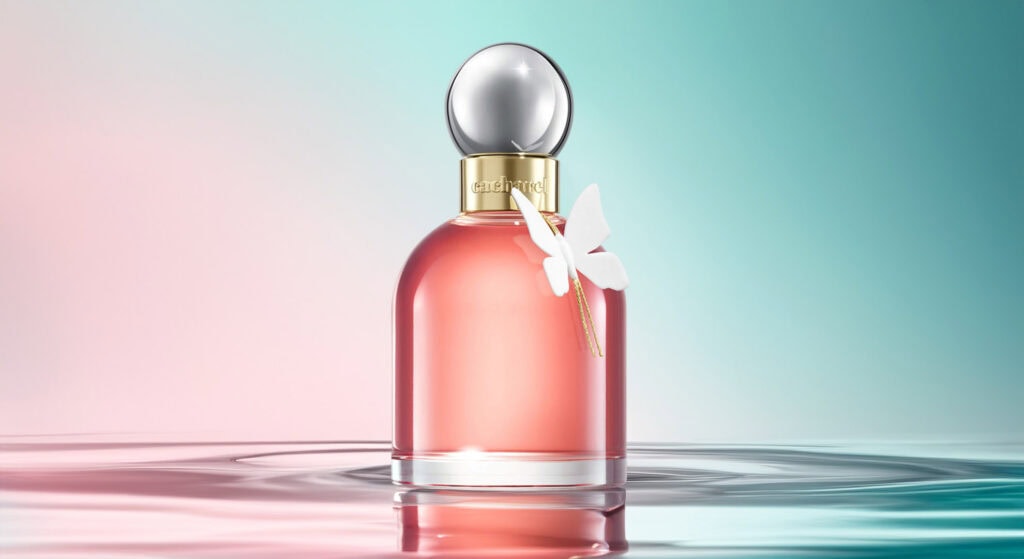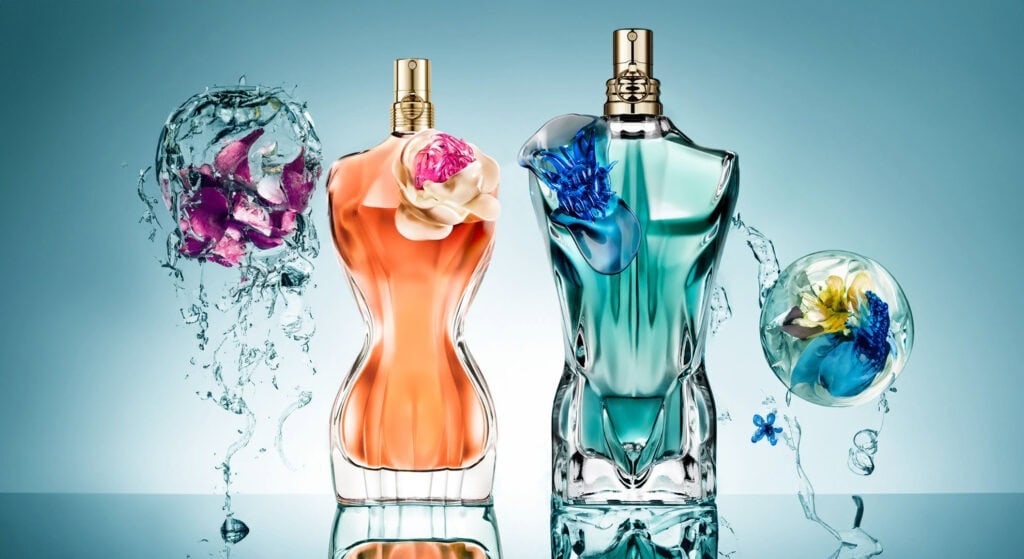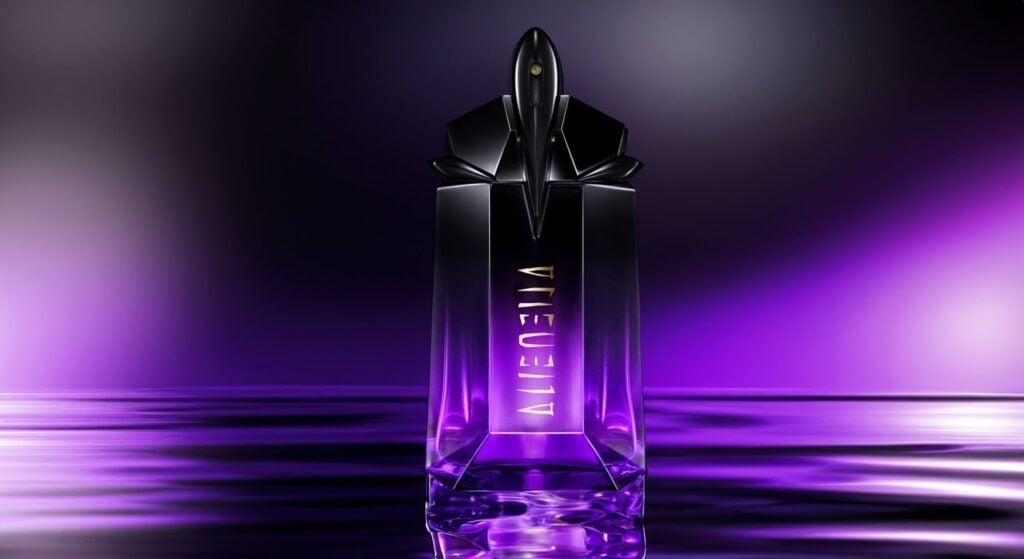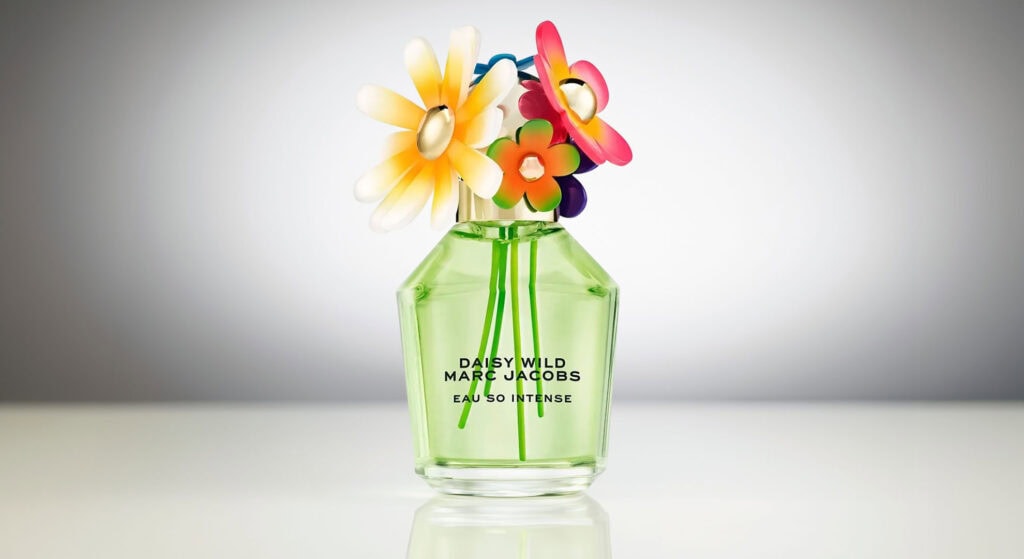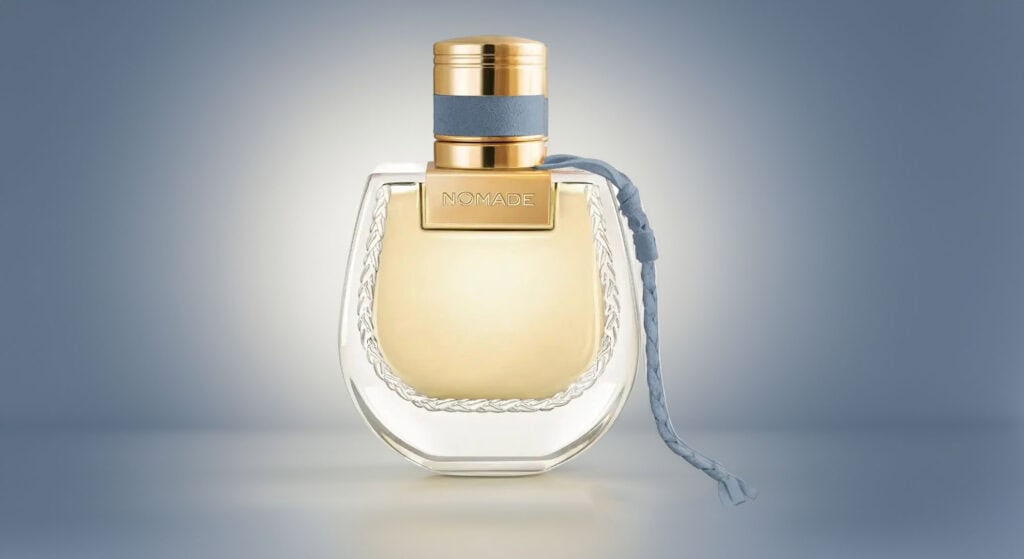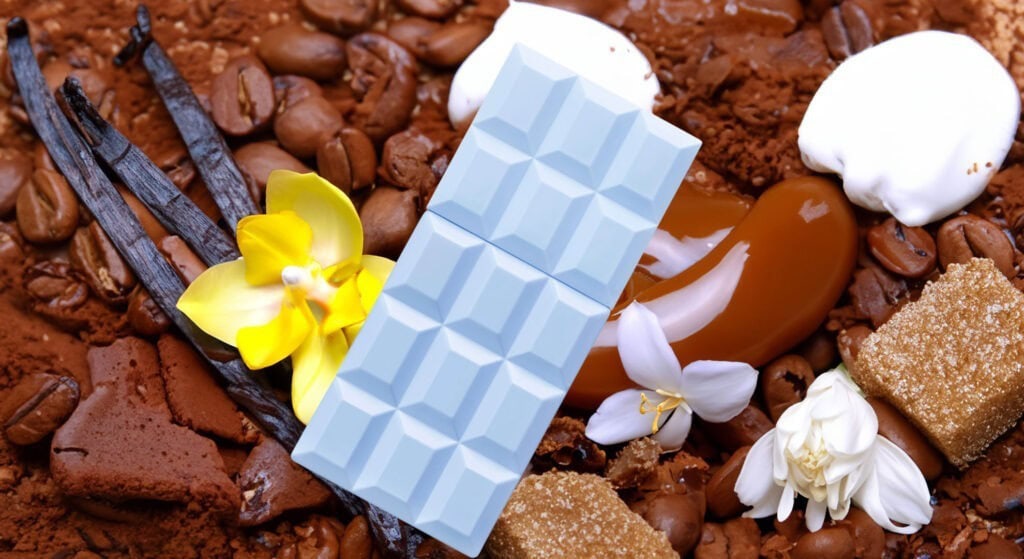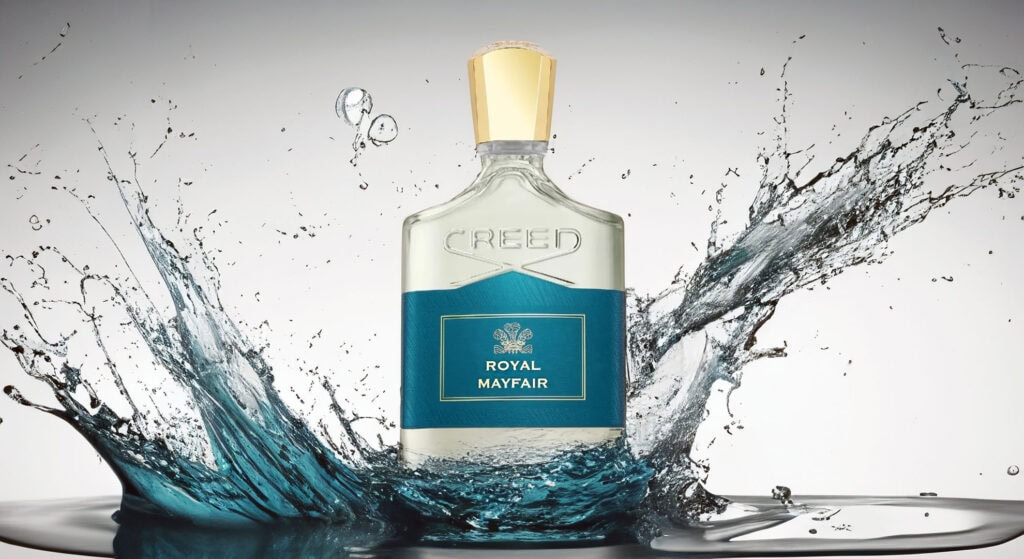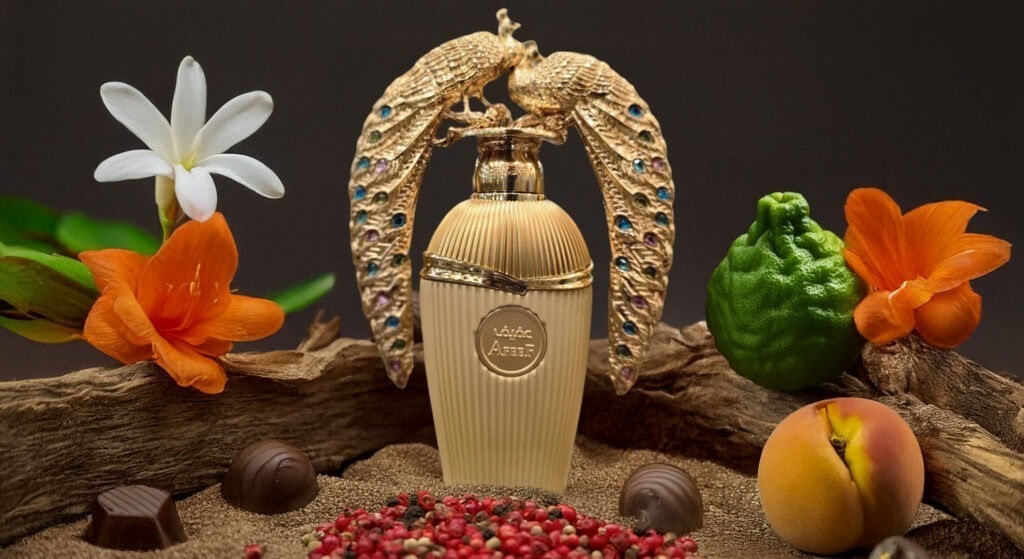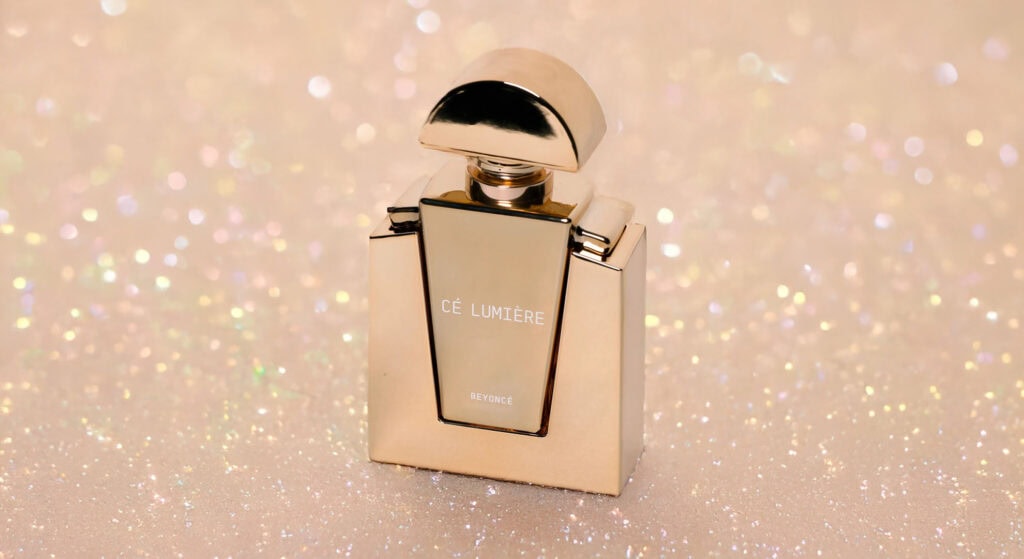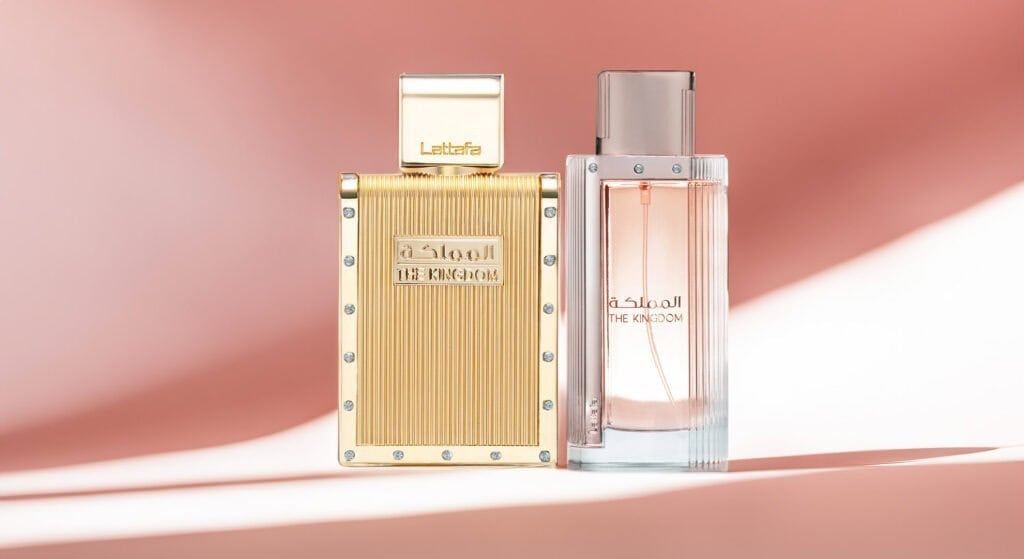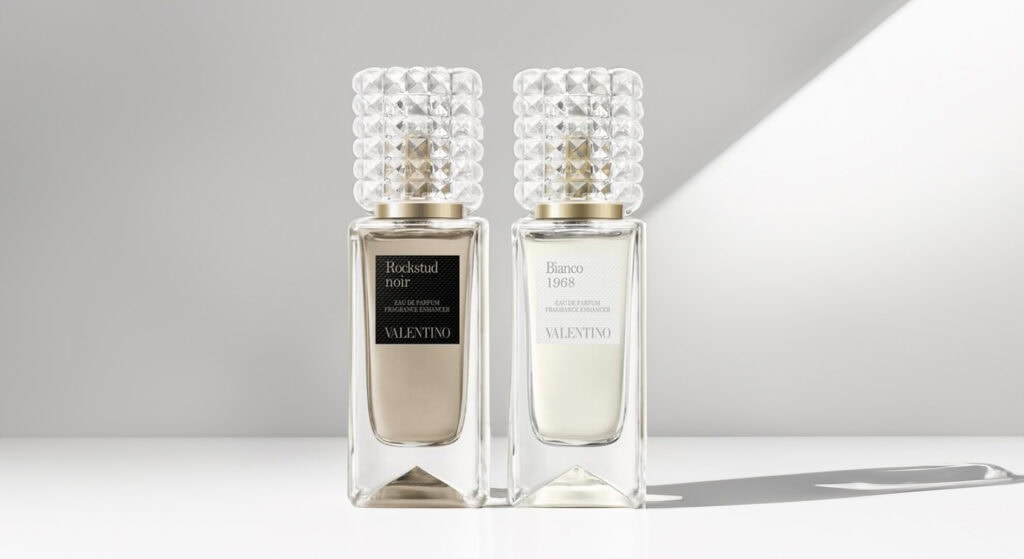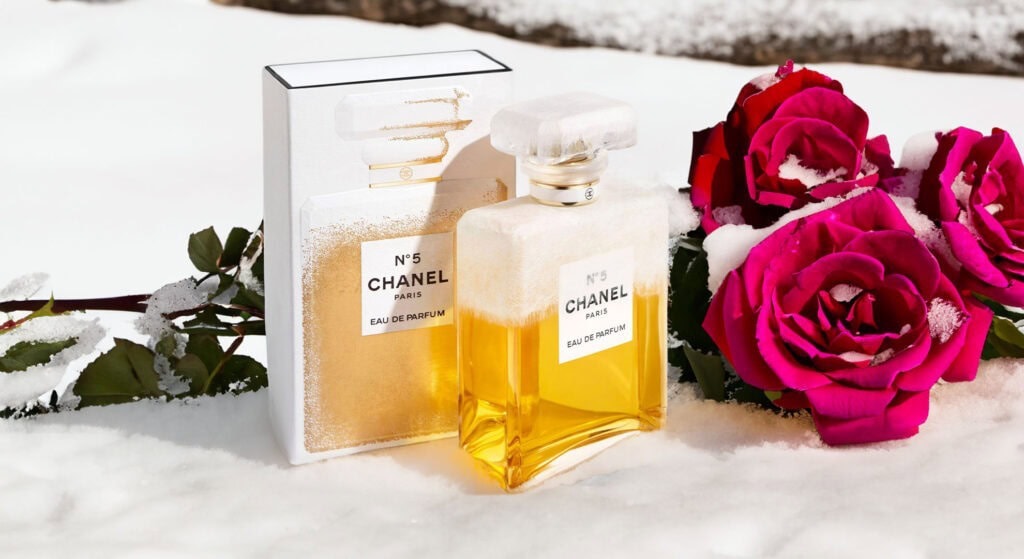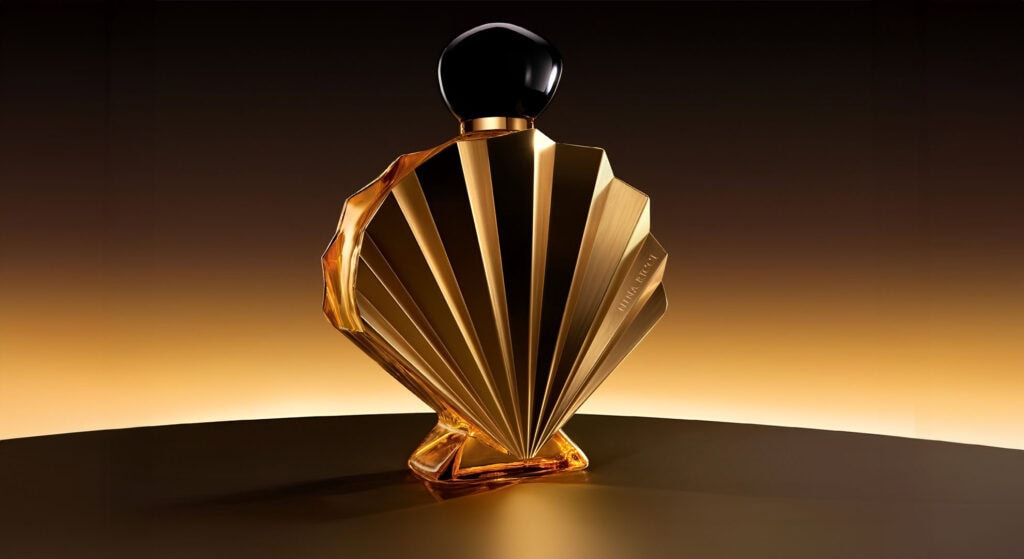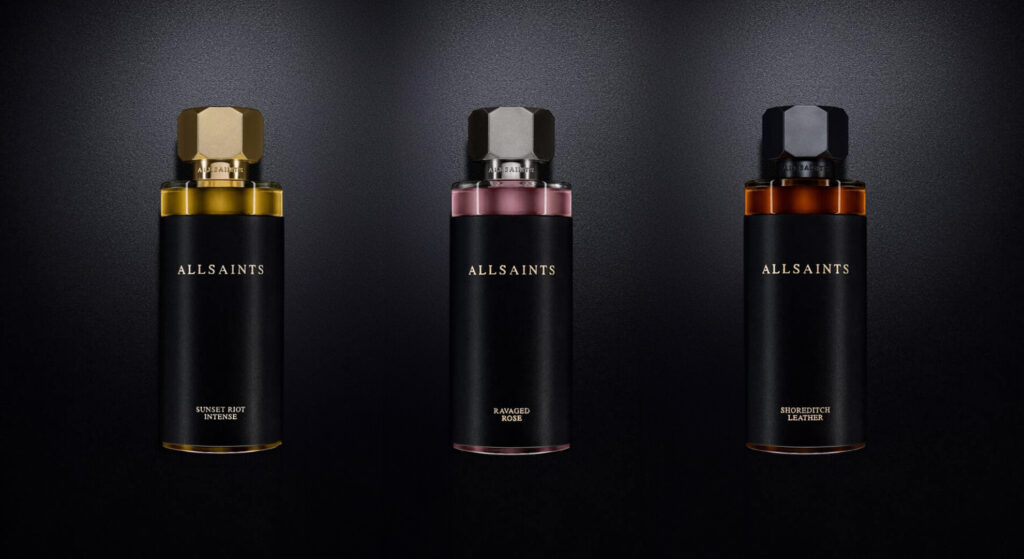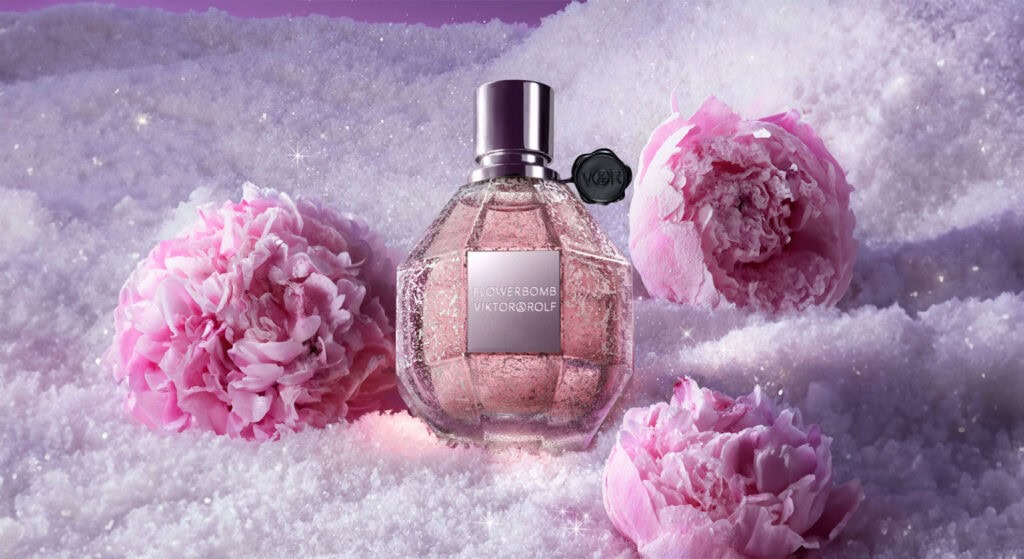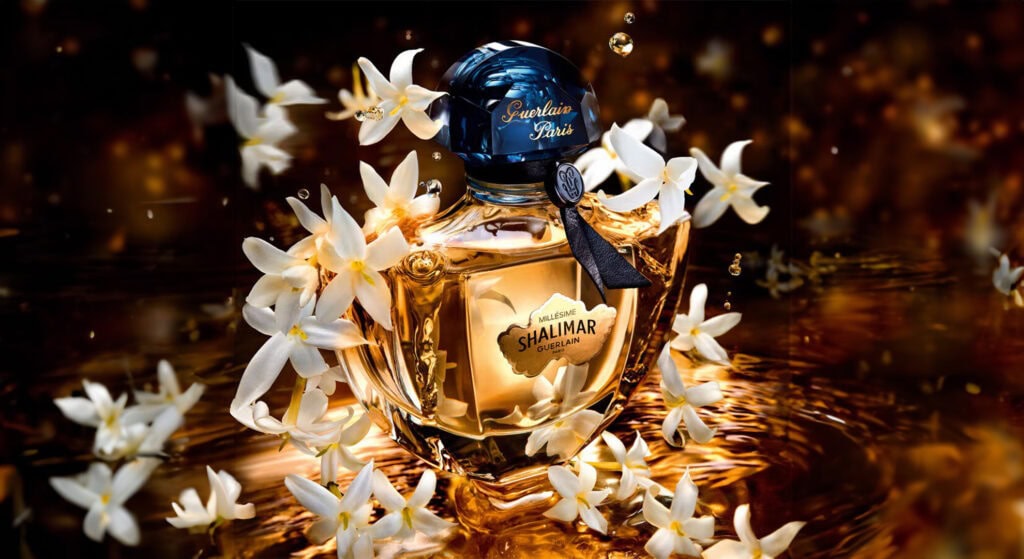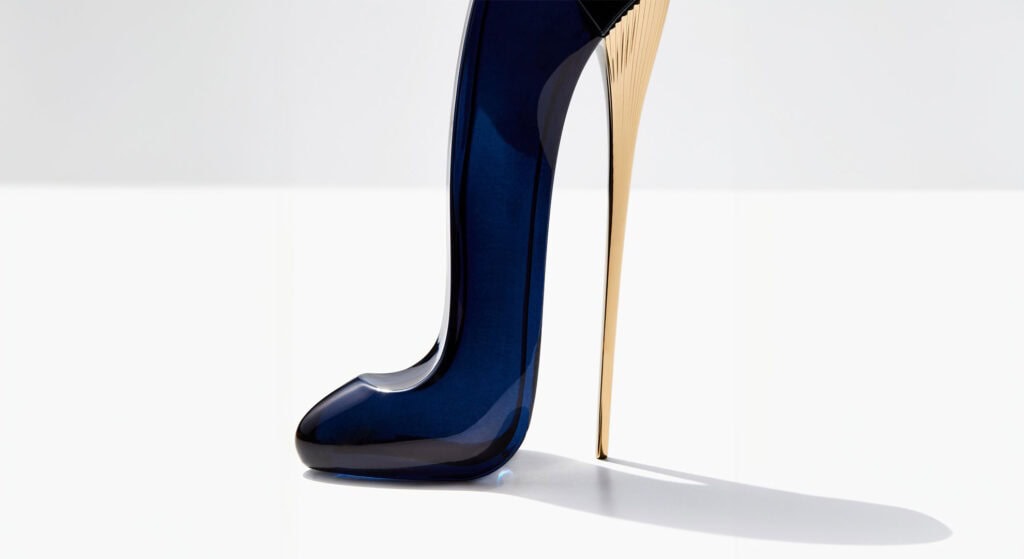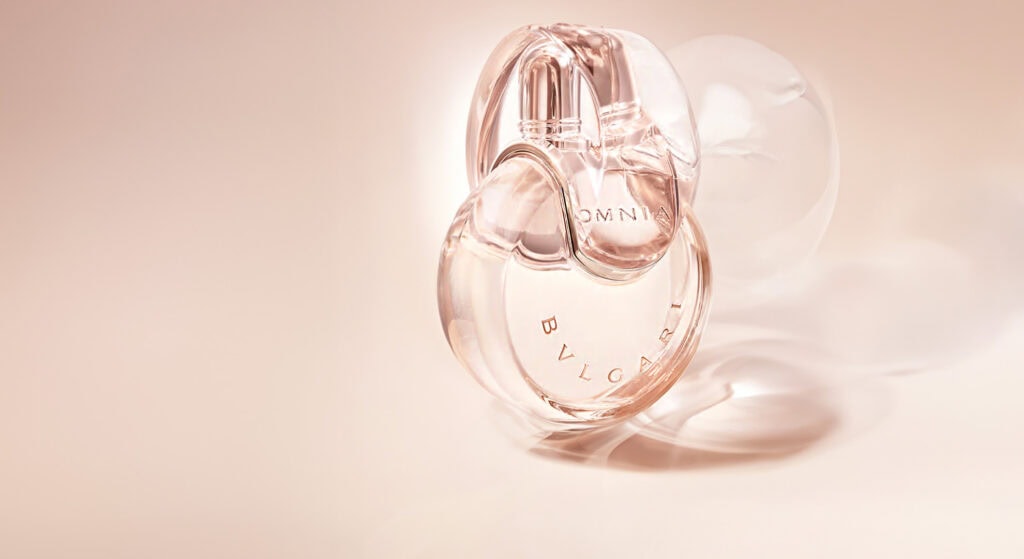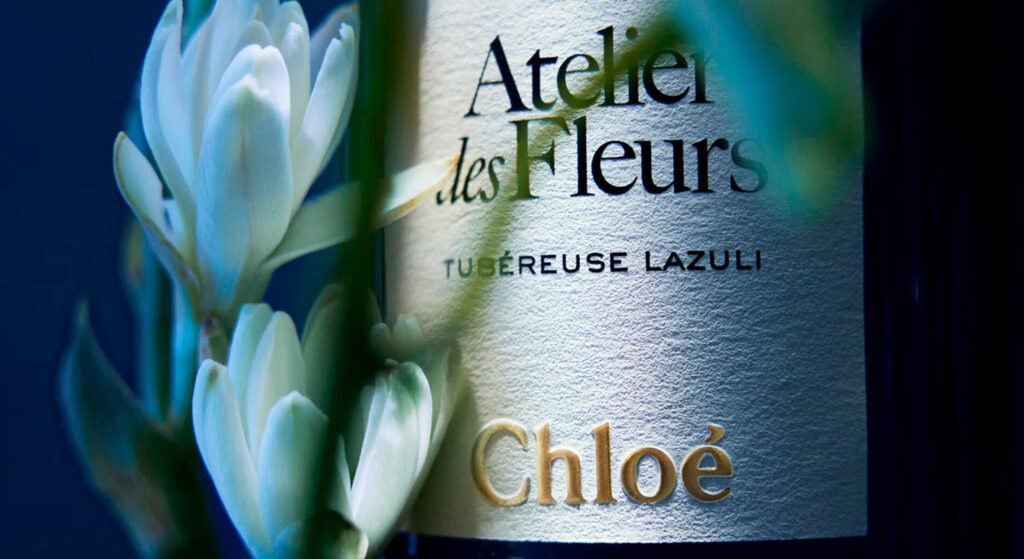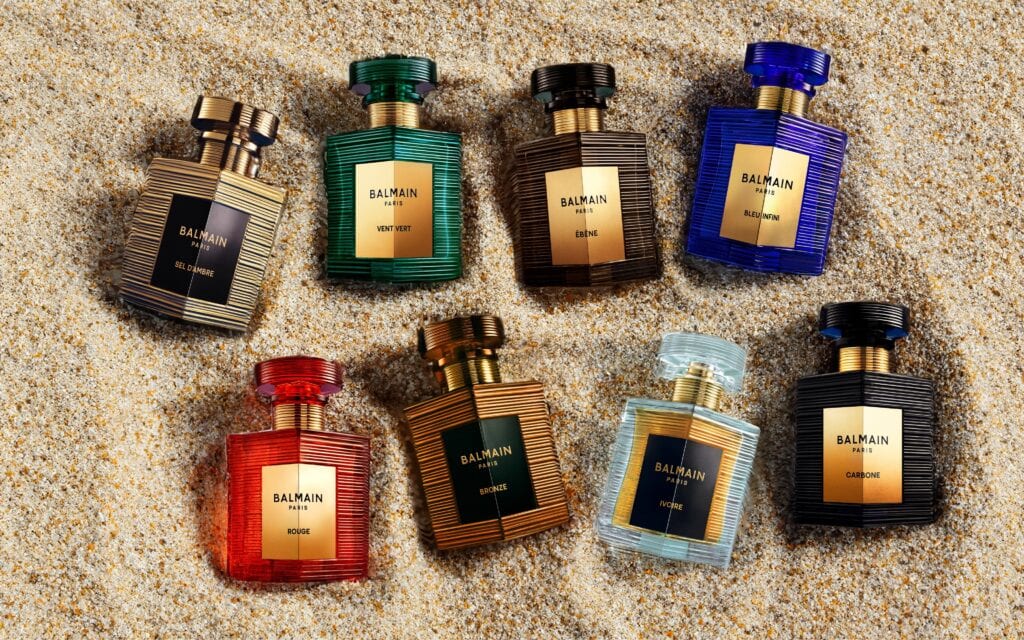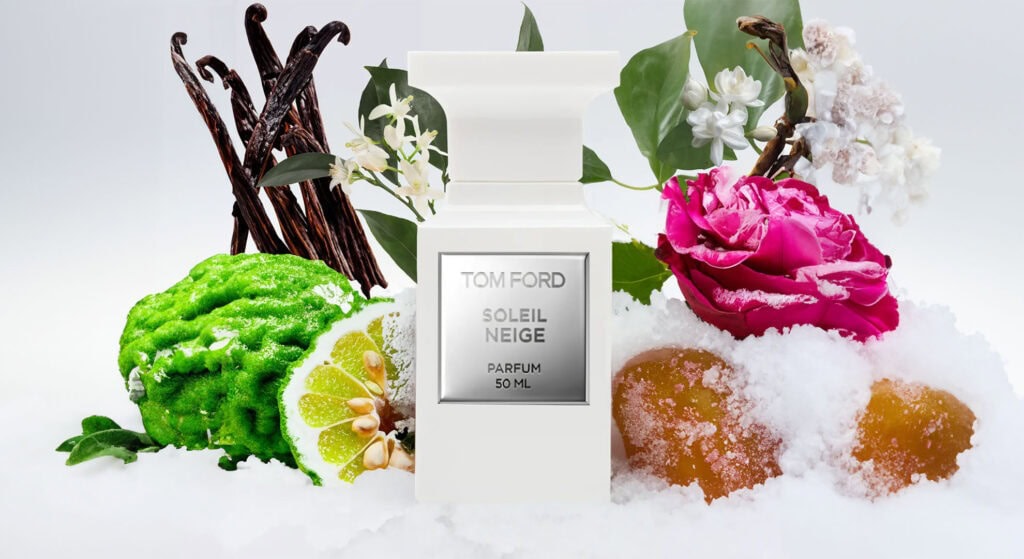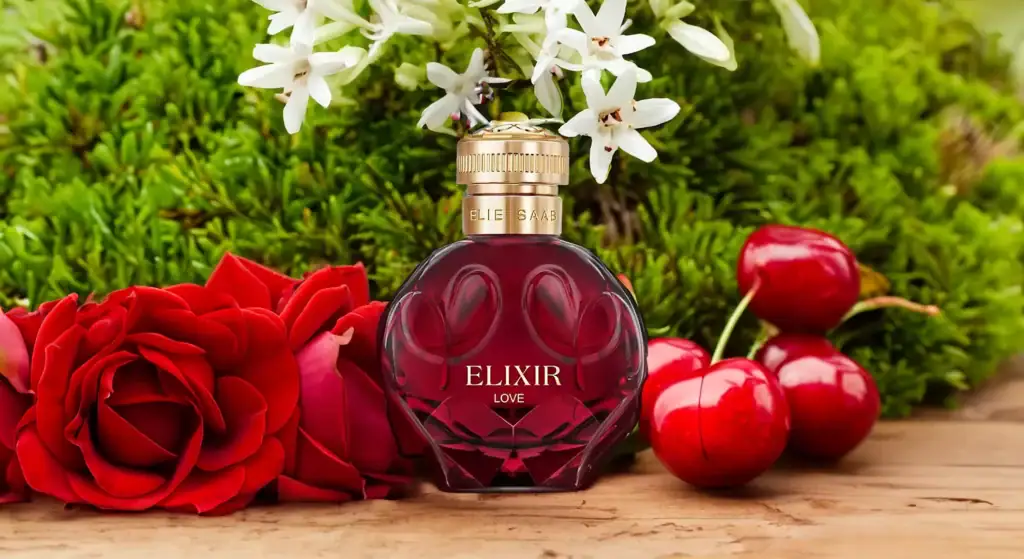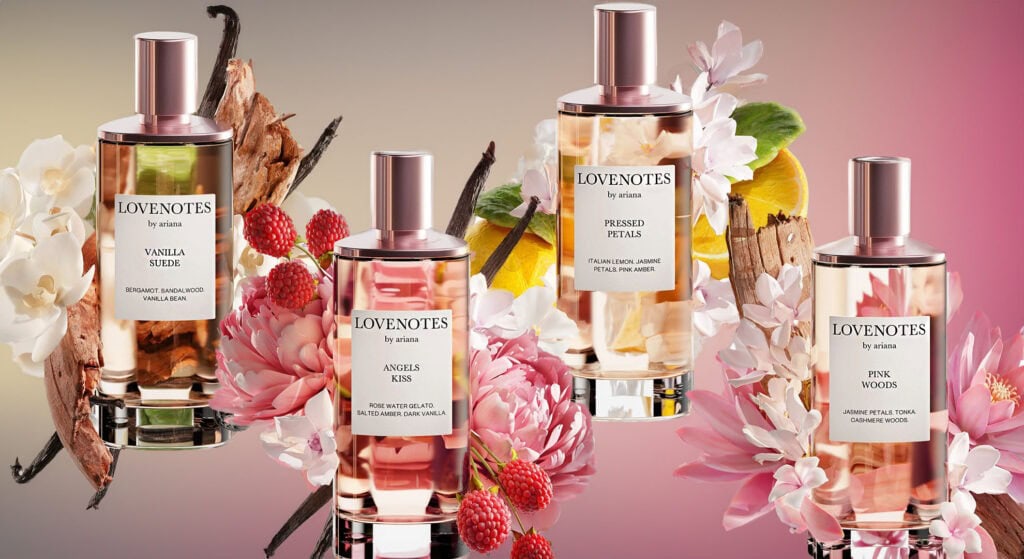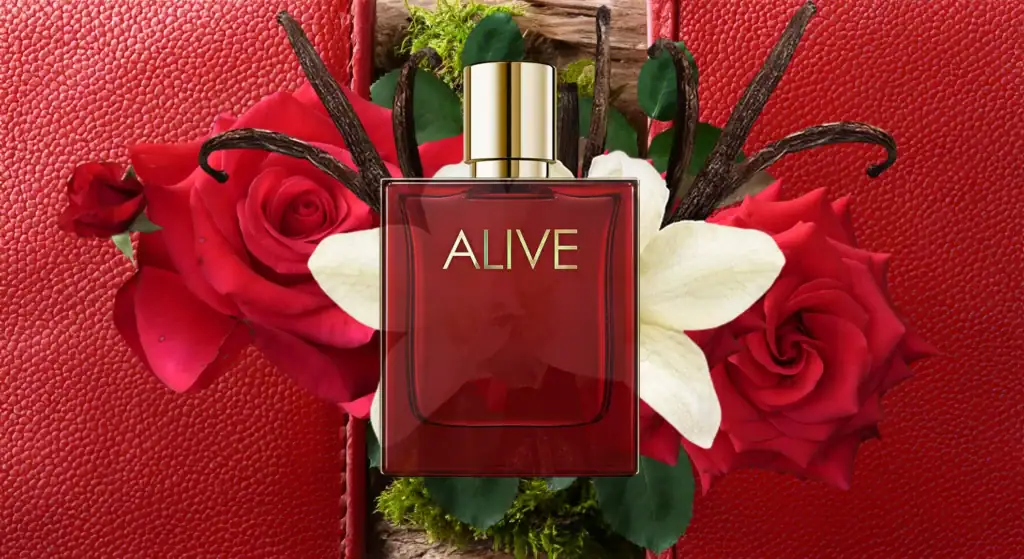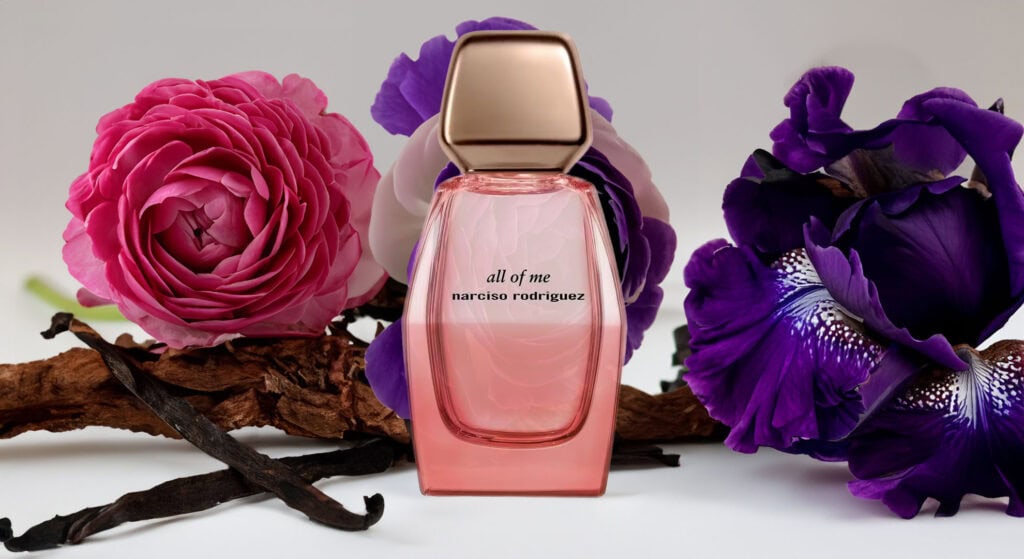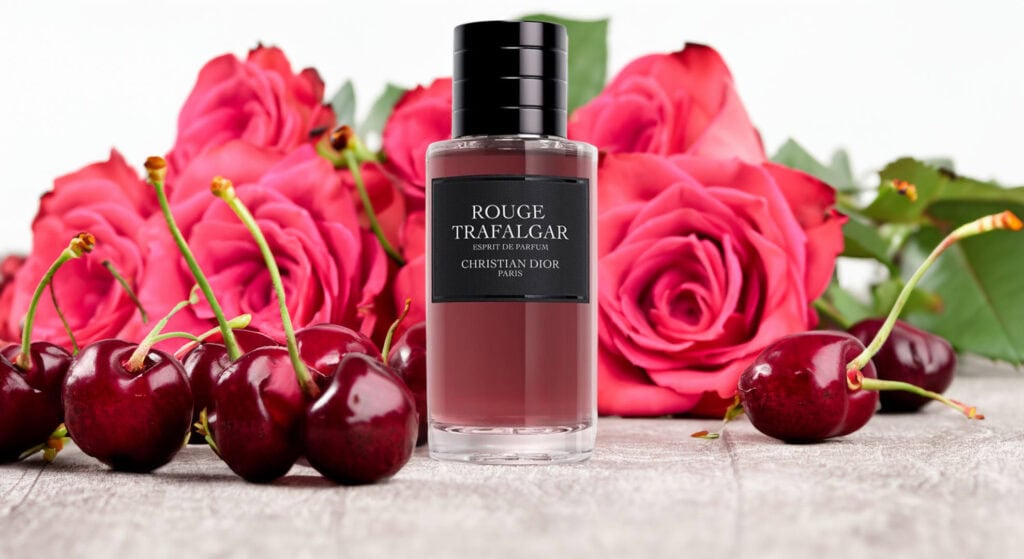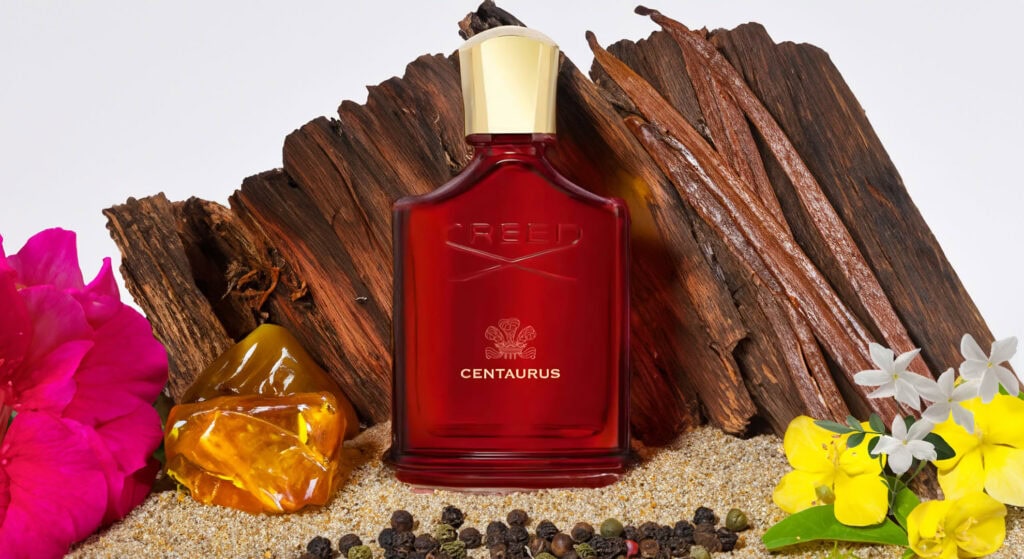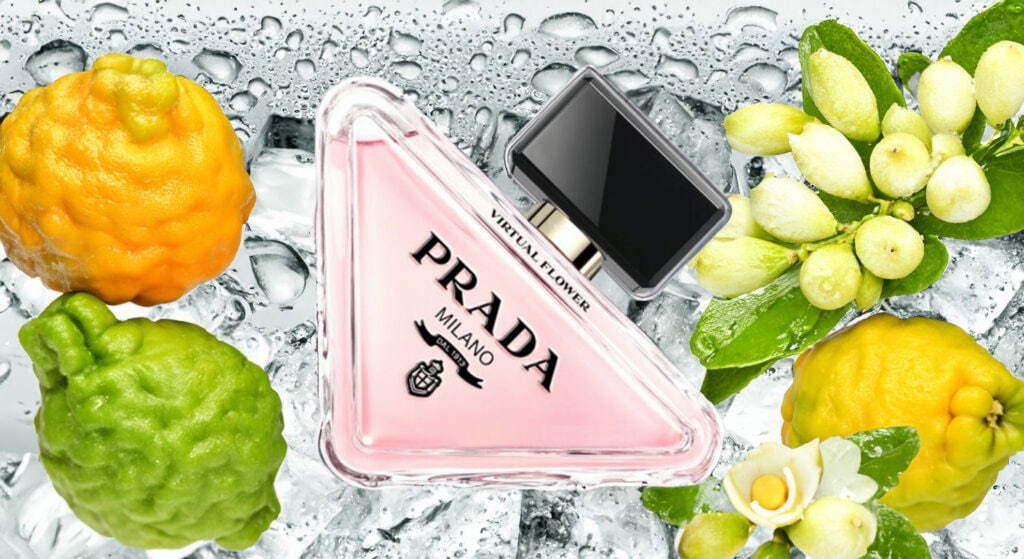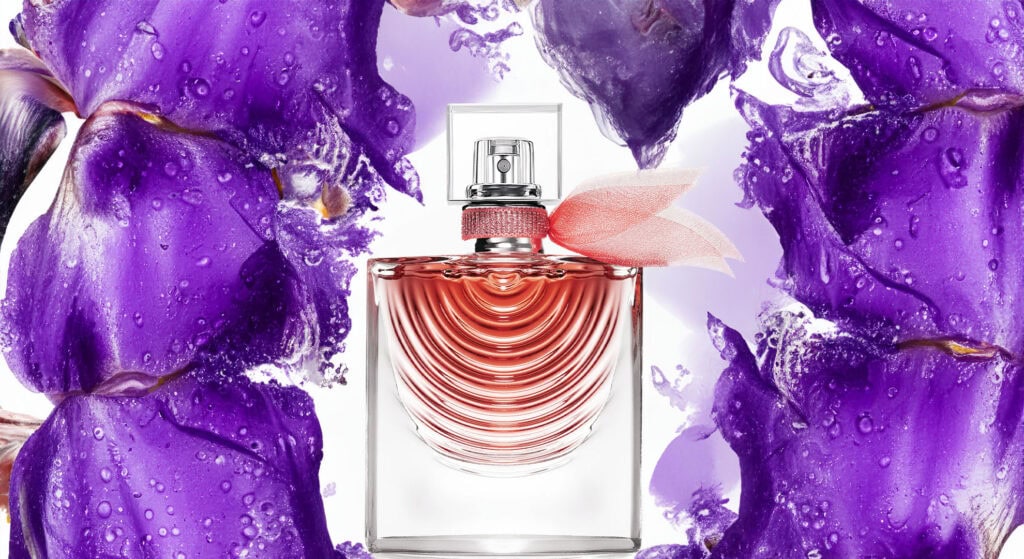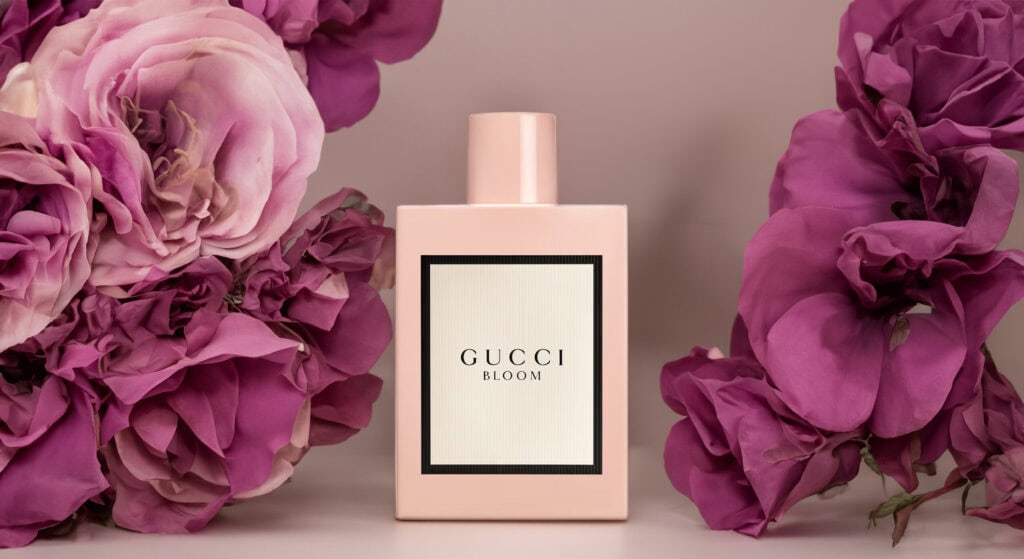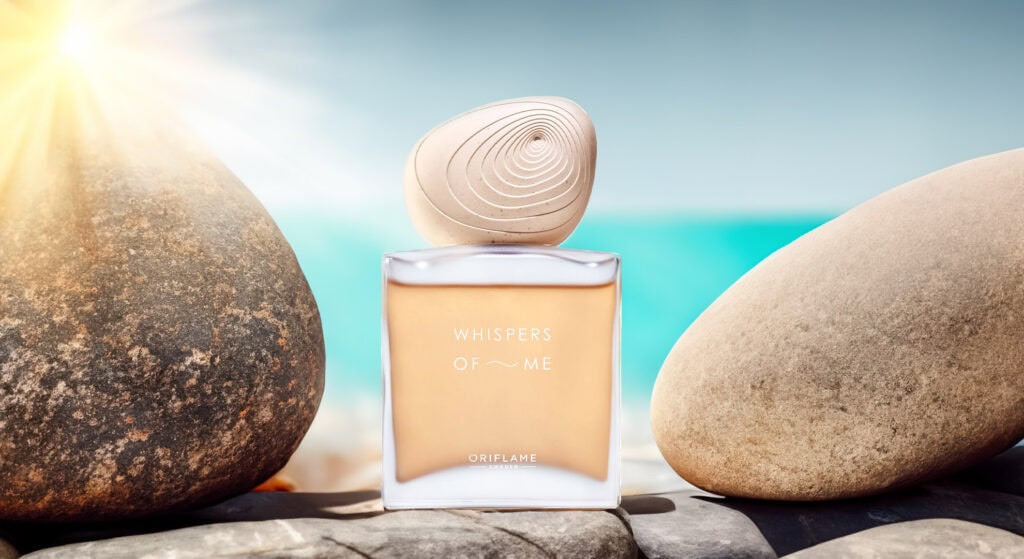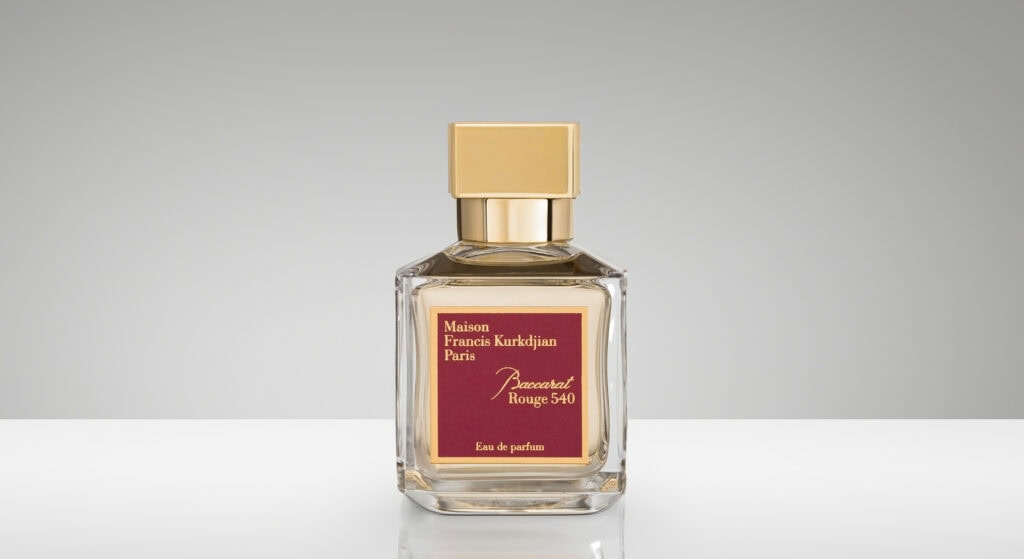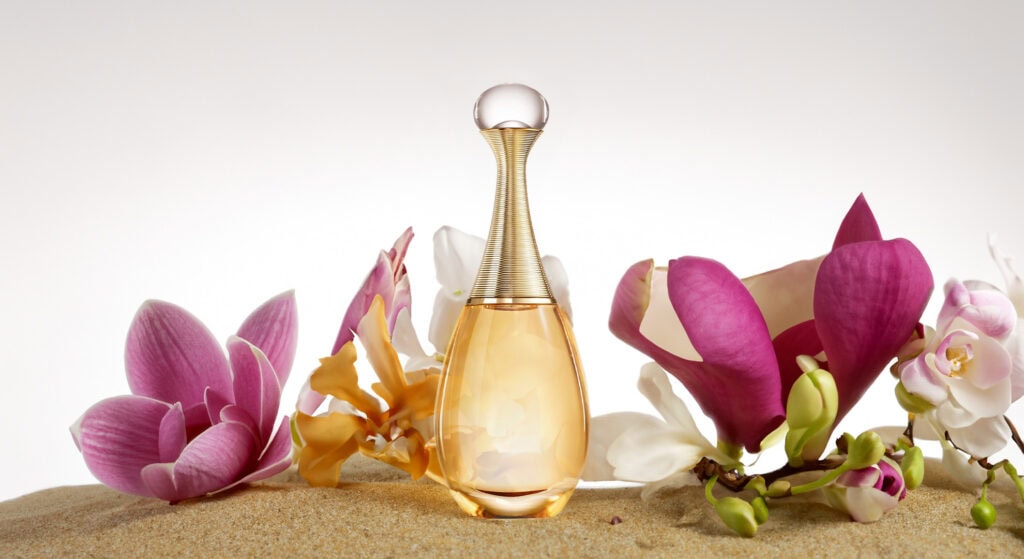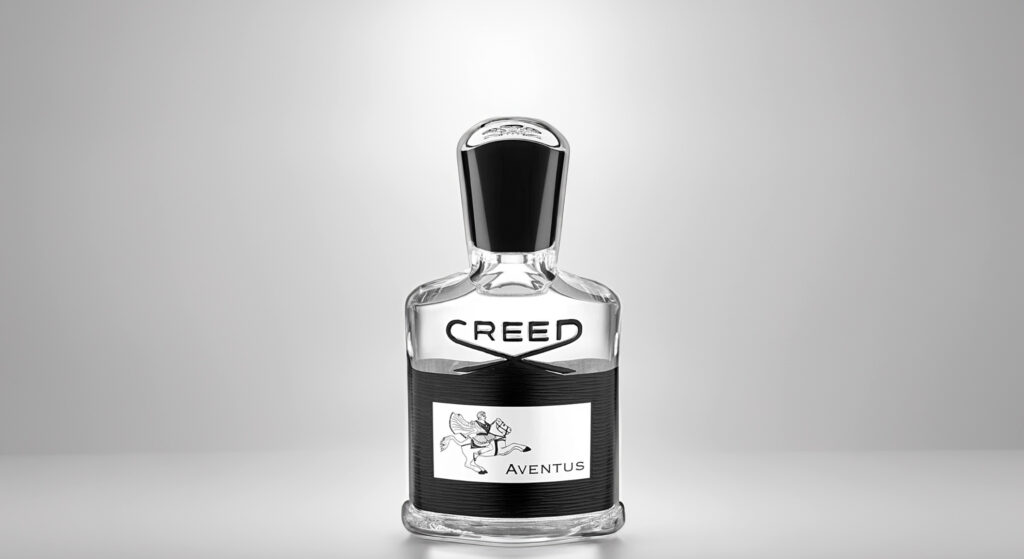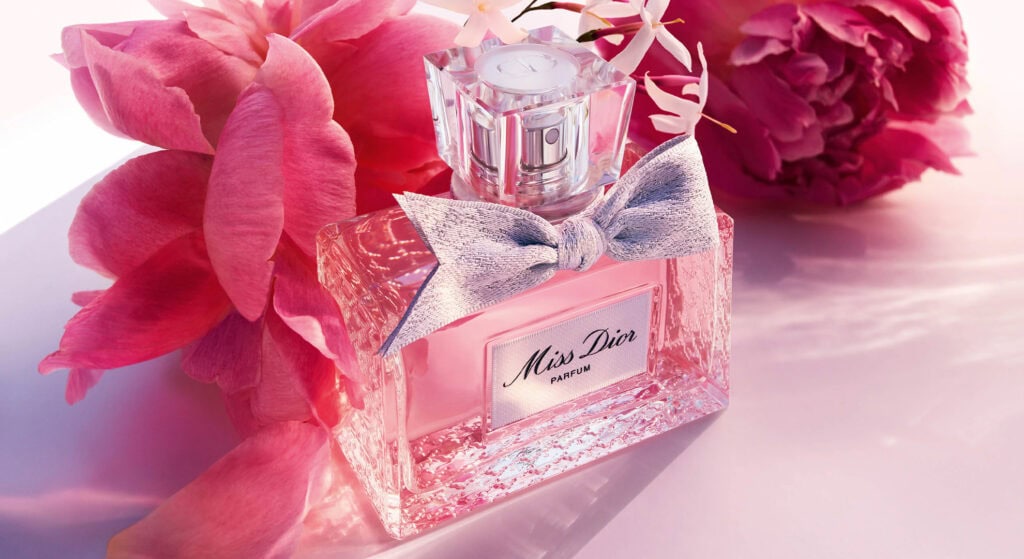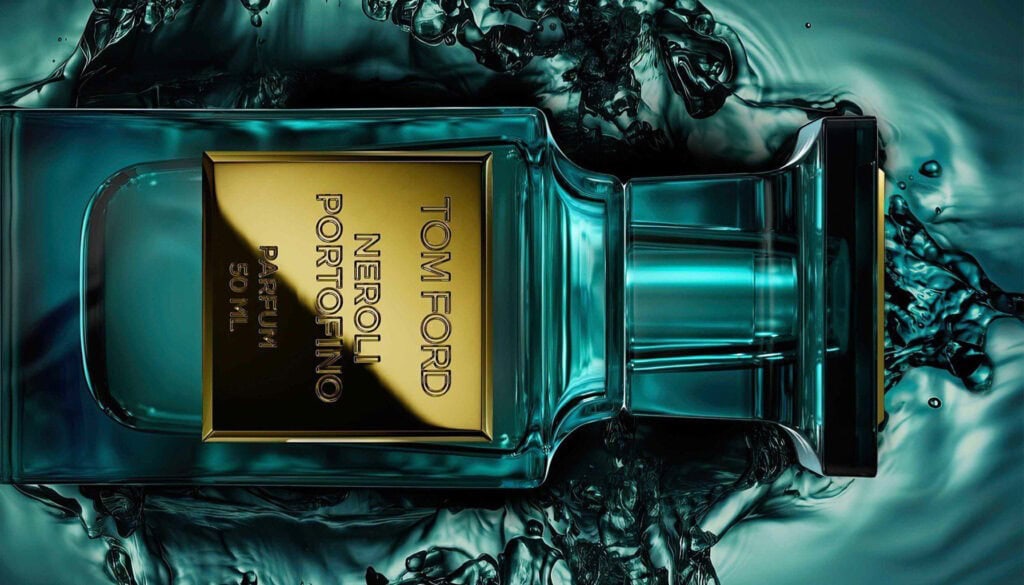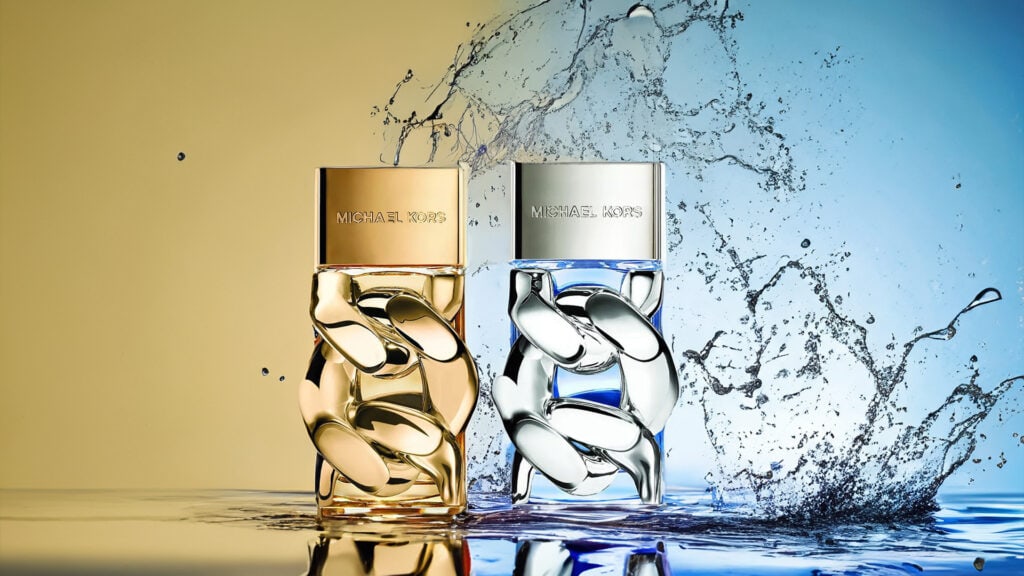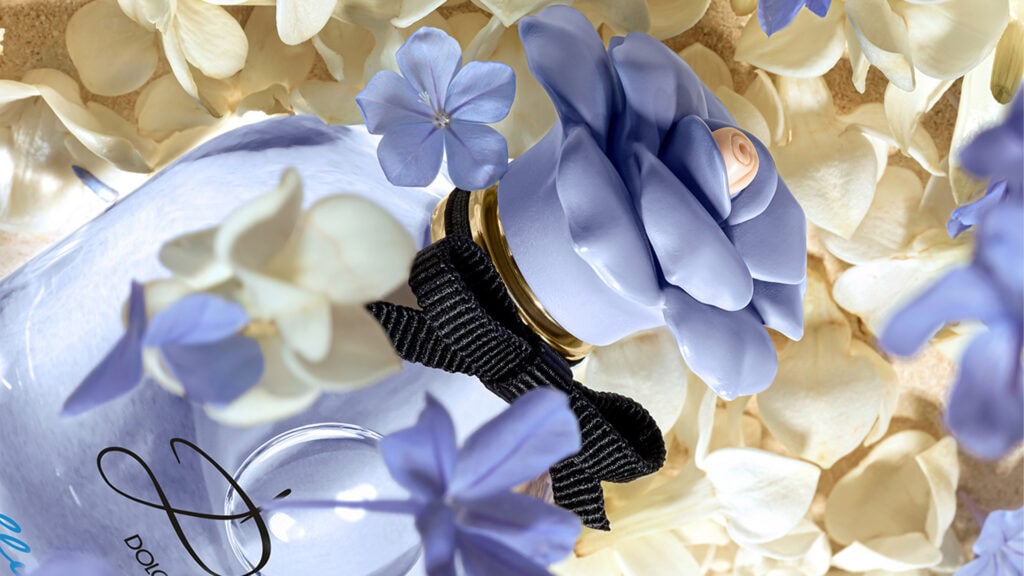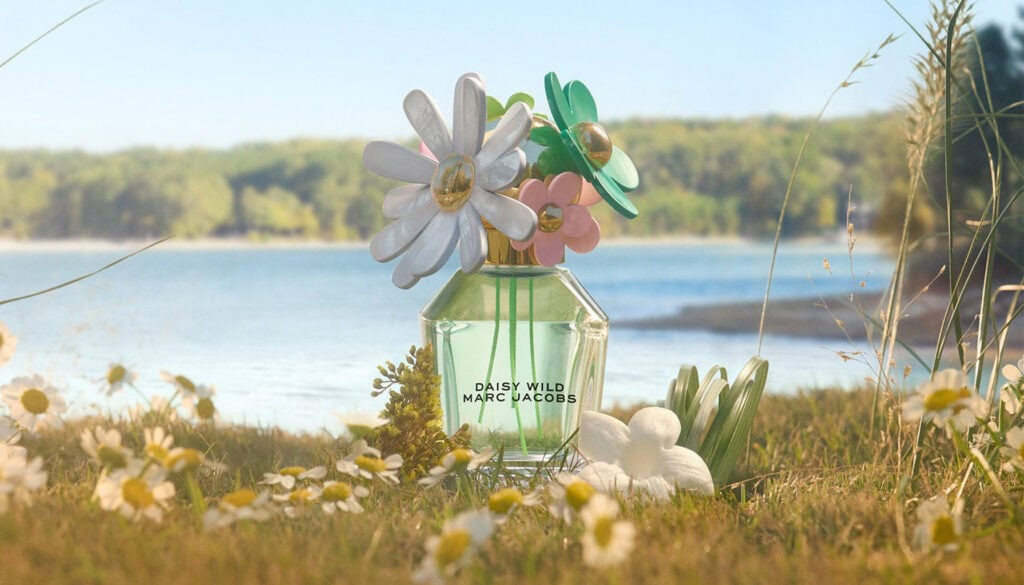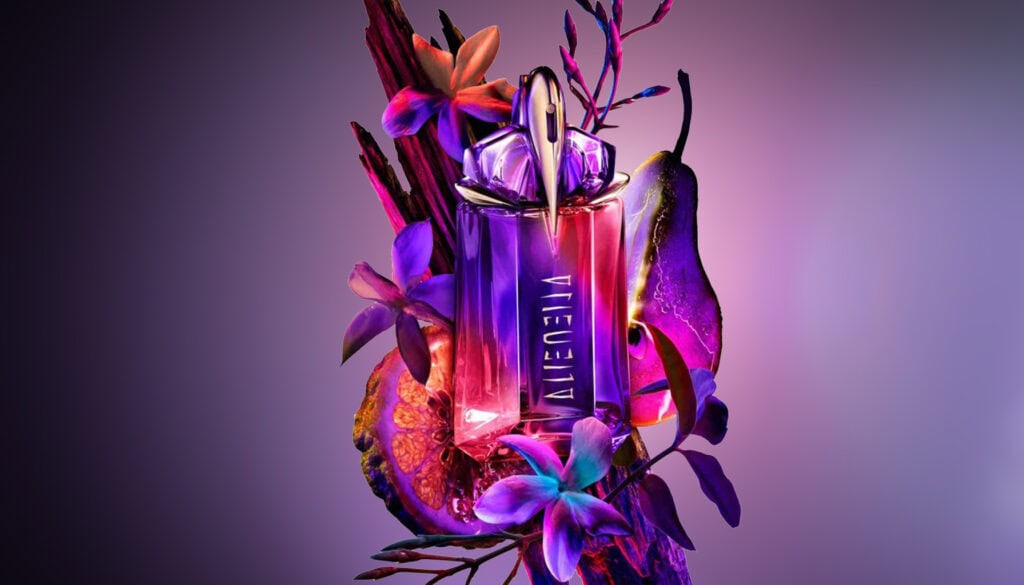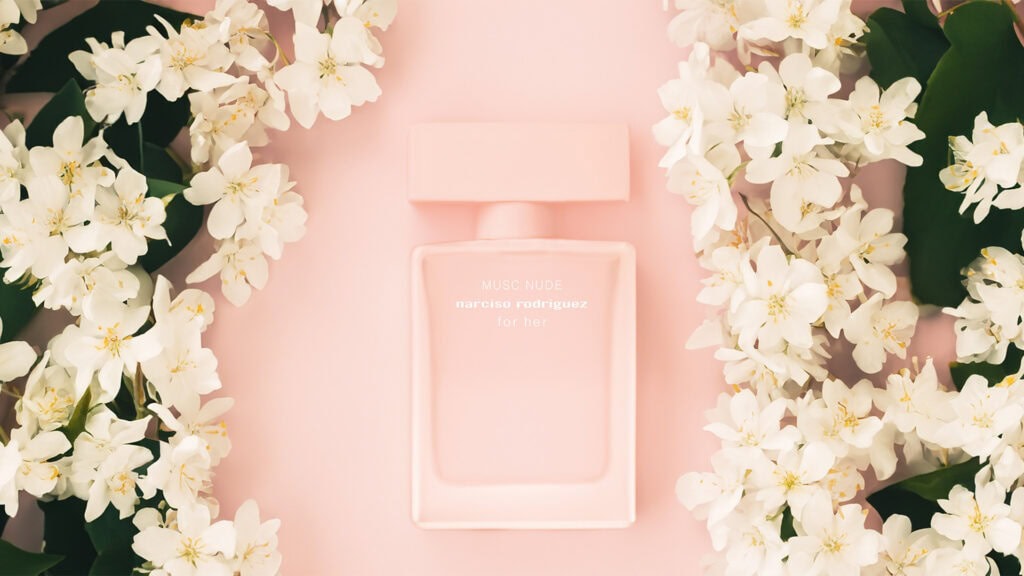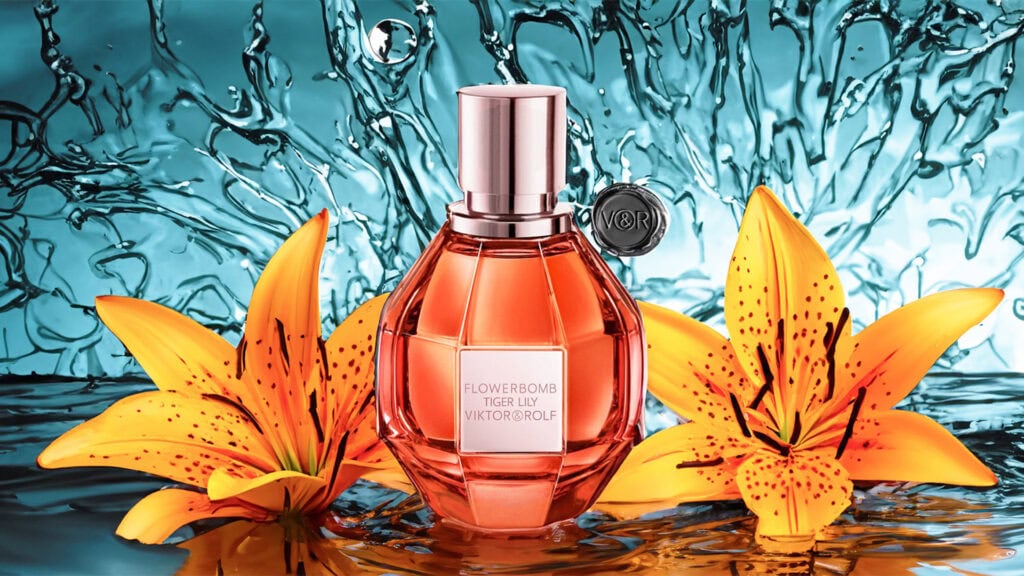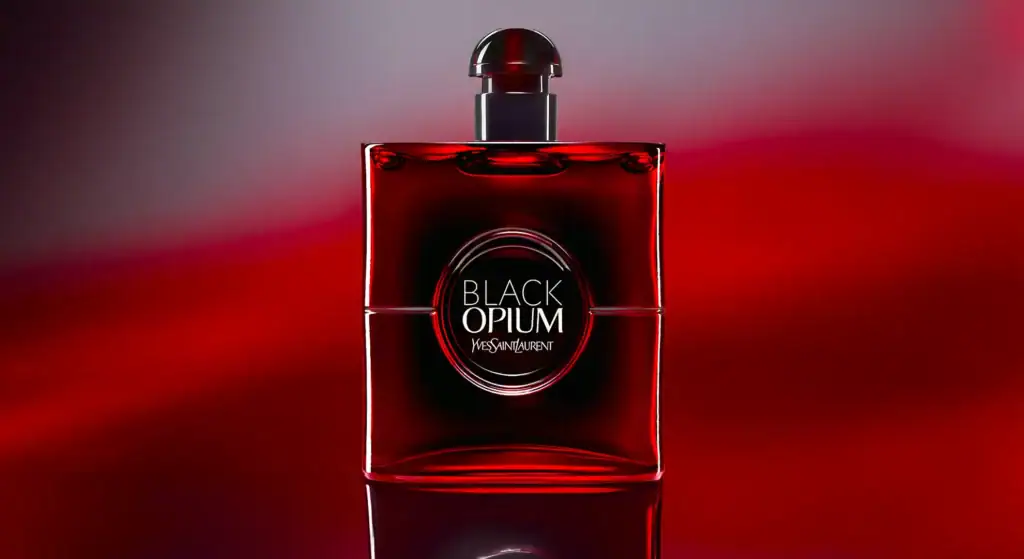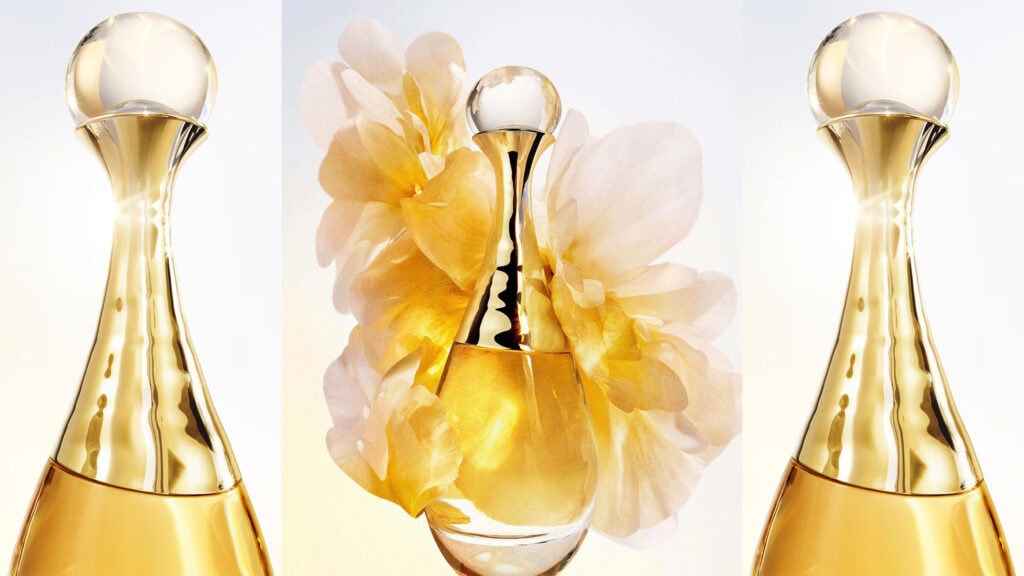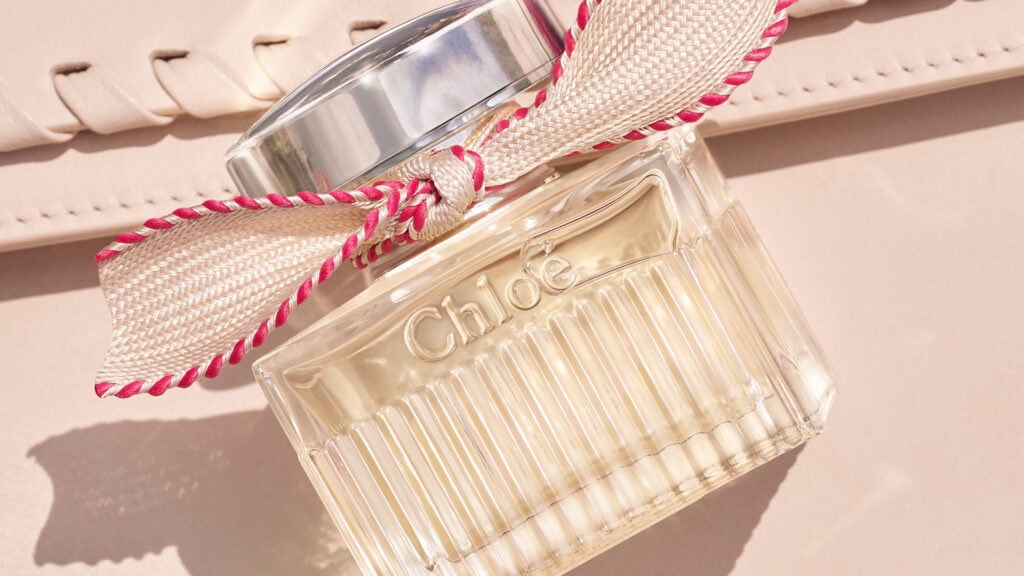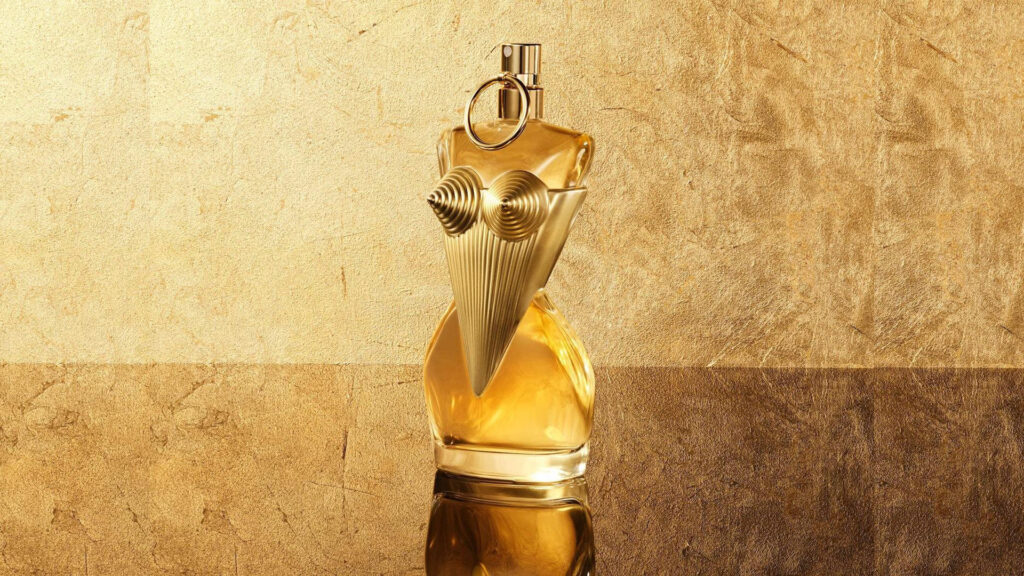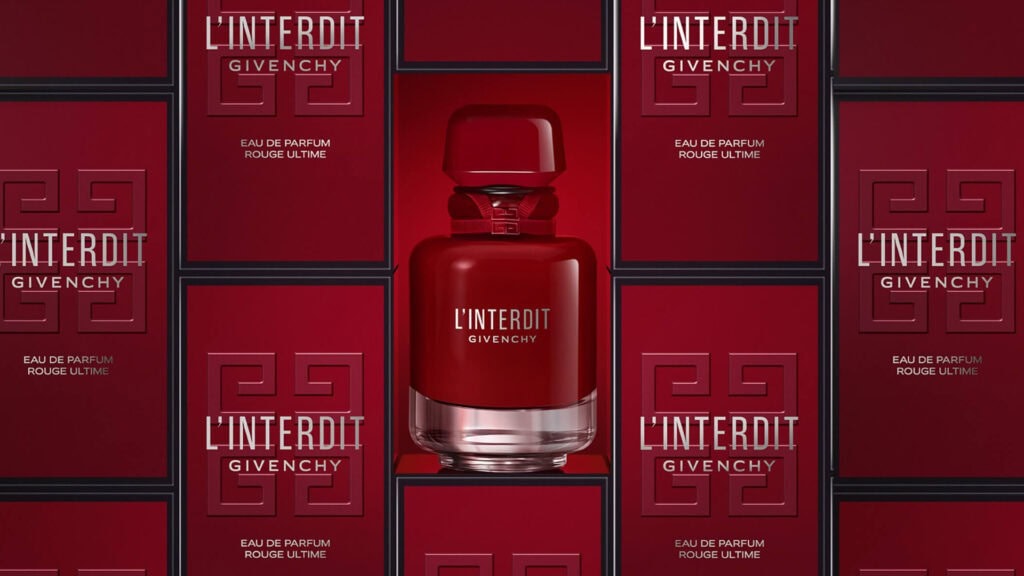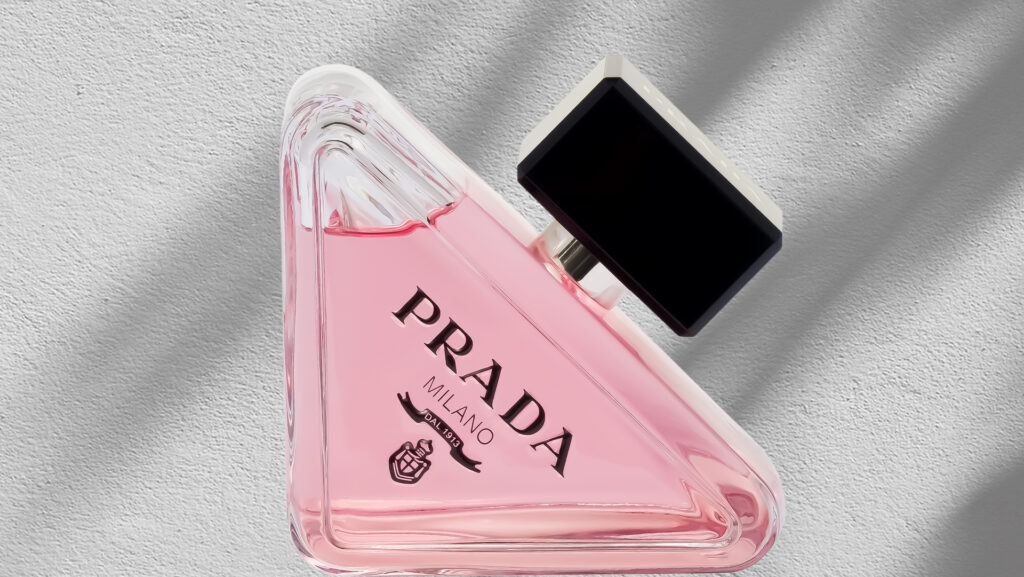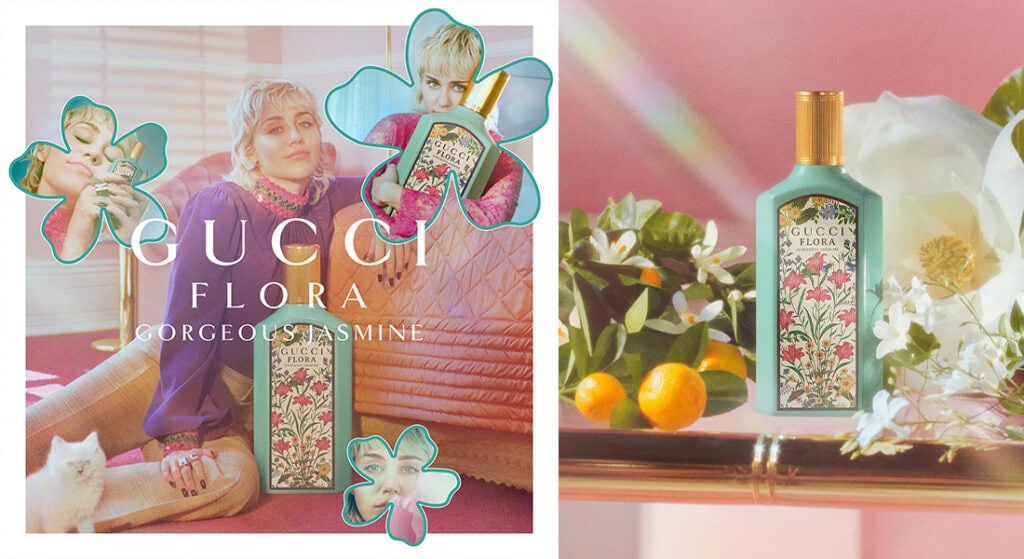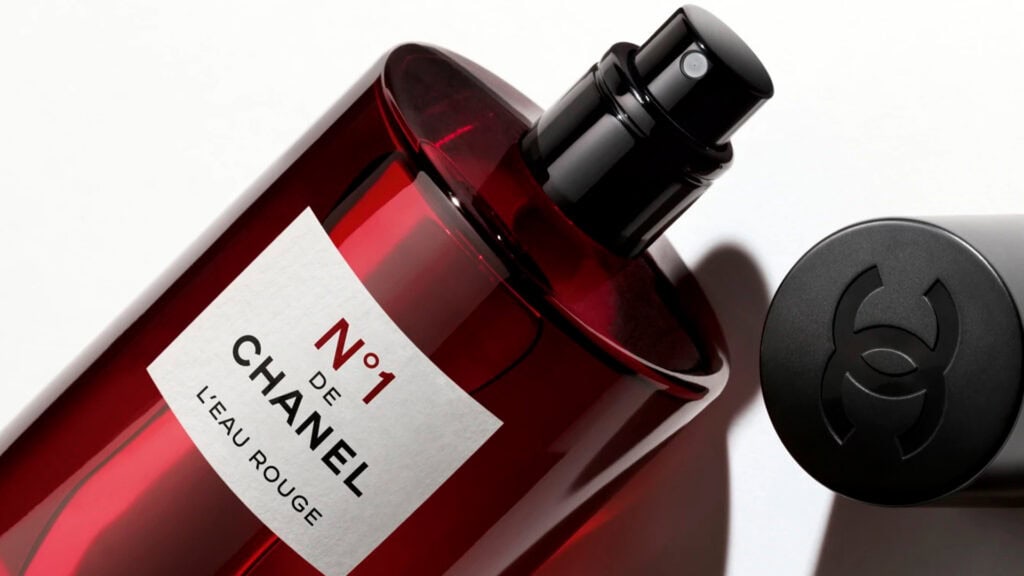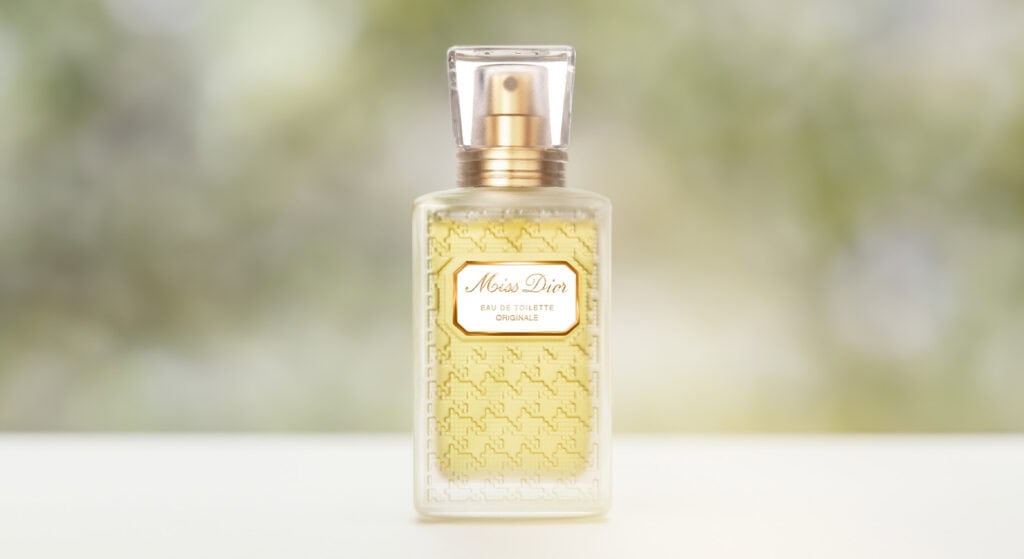Jasmine
The Essence of Jasmine in Perfumery: Crafting Timeless Elegance
Jasmine has always been a beloved element in perfume-making, famous for its rich, luxurious fragrance. The captivating scent brings feelings of love, complexity, and sophistication. Jasmine is essential in creating popular perfumes around the world, providing a fragrant floral aroma or subtle sweetness. The diversity of jasmine species utilized is what contributes to the versatility of this flower, with each species adding unique elements to the world of fragrance.
The Essence of Jasmine: How It’s Extracted
Jasmine oil, also referred to as an absolute, is a valuable and frequently costly ingredient in the making of perfumes. The delicate process of acquiring jasmine essence involves gathering fresh blossoms, usually done at night when the flowers are most aromatic. Two main ways to extract the aromatic essence from jasmine are available.
- Solvent Extraction: The most common technique for jasmine is solvent extraction. The petals are treated with a solvent that captures the fragrant compounds. The end product is a jasmine absolute, a rich, aromatic oil with a complex floral profile. This method preserves the true essence of jasmine, showcasing its full range of sweet, slightly animalic, and narcotic notes.
- Enfleurage: Although less common in modern times, enfleurage is an ancient method still occasionally used to extract jasmine’s fragrance. In this process, jasmine petals are placed on a layer of fat, which absorbs the aromatic compounds over several days. The fat is then separated from the essence, resulting in a highly concentrated oil.
Varieties of Jasmine Used in Perfumery
The beauty of jasmine lies not only in its powerful aroma but also in the different varieties that contribute to perfumes. These varieties each offer unique characteristics, adding depth and versatility to fragrance compositions.
- Jasminum Sambac (Arabian Jasmine): This variety is perhaps the most well-known in perfumery. It has a rich, sweet, and slightly fruity scent with a lush, exotic quality. Sambac is often used in oriental and floral fragrances, where it adds warmth and an unmistakable richness. It is the heart of Dior’s J’adore and Tom Ford’s Jasmin Rouge, bringing an almost honeyed depth to these luxurious scents.
- Jasminum Grandiflorum (Spanish Jasmine): With its light and more ethereal aroma, grandiflorum has a more traditional white floral scent. It’s often referred to as the “true jasmine” due to its classic fragrance profile. Spanish jasmine is less intense than sambac, with fresh, airy, and green nuances. It adds sophistication to floral compositions and can be found in iconic perfumes like Chanel No. 5, where it intertwines with rose and ylang-ylang for a timeless floral bouquet.
- Jasminum Auriculatum (Indian Jasmine): Known for its intense, almost wild fragrance, this variety is native to India and is often used in traditional Indian attars. It has an earthy, somewhat musky undertone, making it perfect for oriental and woody perfumes. Auriculatum is more tenacious than other jasmine species, providing a bolder jasmine note in compositions like Guerlain’s Samsara, which showcases its rich and sensual qualities.
Blending Jasmine in Perfumes
Jasmine is a versatile note that can enhance both simple and complex fragrance compositions. Its natural richness makes it an ideal companion for other florals, spices, woods, and even gourmand notes.
- Floral Bouquets: Jasmine is a staple in floral perfumes. When combined with rose, tuberose, or ylang-ylang, jasmine creates a symphony of floral aromas, adding depth and body. It works beautifully in fragrances like Lancôme’s La Vie Est Belle, where jasmine’s softness complements the sweeter elements of the scent.
- Oriental Fragrances: Jasmine is commonly used in oriental perfumes, where it lends a sultry, heady quality that balances the intensity of spices and resins. Its floral sweetness tempers the richness of notes like amber, vanilla, and patchouli. Serge Lutens’ A La Nuit is a perfume where jasmine is showcased in all its pure, seductive glory, without being overshadowed by other ingredients.
- Woody and Spicy Blends: Jasmine’s natural warmth allows it to blend seamlessly with woody and spicy notes. When paired with sandalwood, vetiver, or cedar, it can soften the sharpness of these elements, adding a creamy, floral richness to the overall composition. Tom Ford’s Santal Blush is a perfect example, where jasmine lifts and brightens the woody base, creating a balanced and sophisticated fragrance.
- Gourmand Accords: Though less common, jasmine has found its place in gourmand fragrances. When combined with sweet, edible notes like vanilla, tonka bean, or caramel, jasmine’s floral sweetness complements the richness of the gourmand elements, making the scent feel less sugary and more balanced. Mancera’s Velvet Vanilla illustrates this well, where jasmine adds a lush floral note to the creamy vanilla base, creating a scent that is both opulent and inviting.
Iconic Perfumes Featuring Jasmine
Jasmine has been a centerpiece in perfumery for centuries, inspiring the creation of some of the world’s most iconic and celebrated fragrances.
- Chanel No. 5: An iconic fragrance that features jasmine as one of its key ingredients, it blends this floral note with rose, aldehydes, and ylang-ylang, creating a timeless, sophisticated scent that has remained a classic since its inception.
- Dior J’adore: Known for its luxurious and radiant floral composition, J’adore features jasmine sambac as a central note, alongside ylang-ylang and tuberose, creating a bright, sensual fragrance that is both modern and timeless.
- Serge Lutens A La Nuit: For lovers of jasmine in its purest form, A La Nuit is a soliflore that places jasmine front and center. Its unadulterated jasmine aroma is deep, heady, and sensual, capturing the essence of the flower in all its glory.
- Tom Ford Jasmin Rouge: This luxurious scent pairs jasmine sambac with spices and woods, creating a fragrance that is bold, seductive, and exotic. The jasmine is rich and warm, perfectly balanced by the spicy and woody notes that surround it.
Jasmine’s Enduring Legacy
The strong, alluring scent of jasmine still fascinates perfumers and fragrance lovers. Whether it’s the rich, intense fragrance of sambac or the more delicate, crisp scent of grandiflorum, jasmine’s adaptability allows it to excel in different types of fragrances. This flower’s lasting charm stems from not just its natural beauty, but also its capacity to improve and change a fragrance, becoming a crucial component in the best perfumes.
